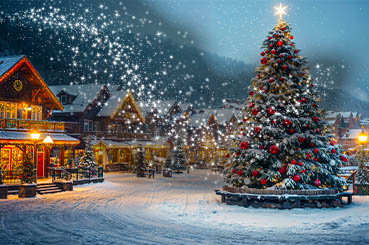If you are studying towards either of your driving tests or just need some clarity on the rules of the road, then this handy, visual UK road sign guide could help. Of course, we always recommend that you use the official, government-issued Highway Code for updates and changes within the road safety laws.
The first thing to remember is that there are three basic shapes of traffic sign circles to give orders, rectangles to inform and triangles to warn.

The functionality of each sign can also be identified by its colour.
Triangular signs will be red, as we know red denotes danger or that we should take caution. The example below shows traffic signals ahead, double bend first to the left and wild animals:

Blue circles will usually give compulsory instructions such as: vehicles may pass either side to reach the same destination, mini-roundabout(give way to traffic from the immediate right) or proceed in the direction indicated by the arrow:

Circles with an outer red ring tell you what you must not do.Below we have maximum speed limit (MPH) at which you can travel when safe to do so, no entry for vehicular traffic including bicycles and no motor vehicles:

Blue rectangles are usually used for information other than on motorways where they would be used to indicate a direction. The first example below is indicating direction on a motorway, The black box indicates a junction number. The second example shows with flow bus and bicycle lane with hours of operation:

Green Rectangles are used for direction signs on primary routes, on non-primary routes white rectangle signs are used for direction.

White rectangle signs can also be used combined with warning and regulatory signs.

There are some exceptions to the rules as some signs have been made to stand out more.

These are just a few of the road signs you could see on the UK roads. If you would like to learn more then we recommend visiting the traffic signs section of the Highway Code.




